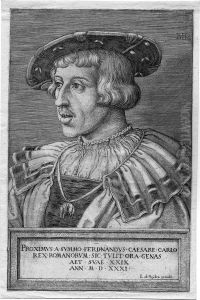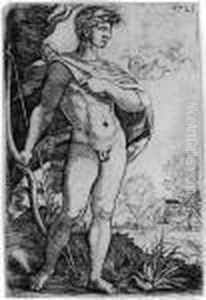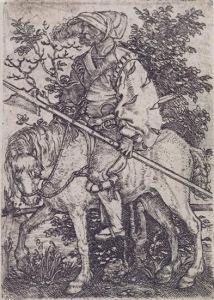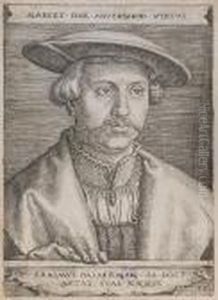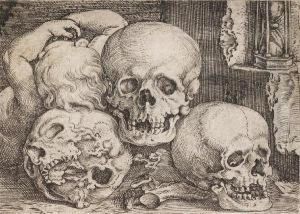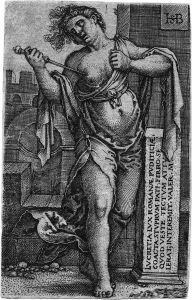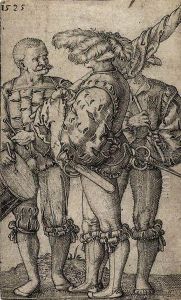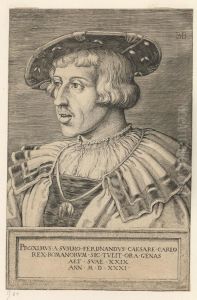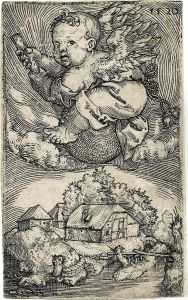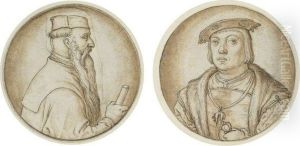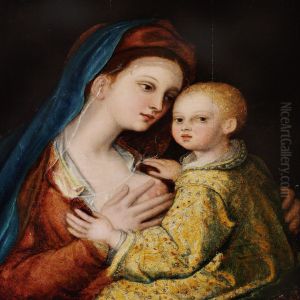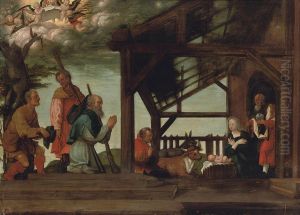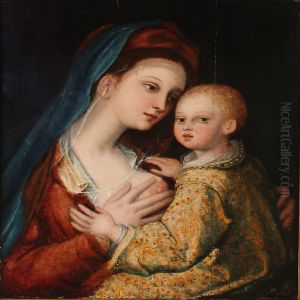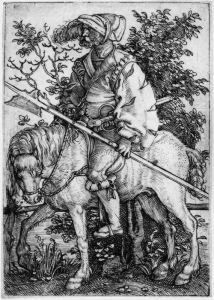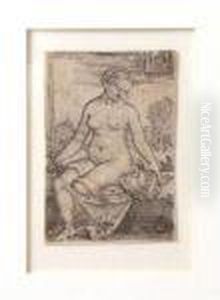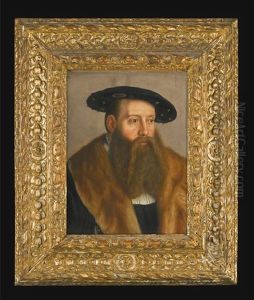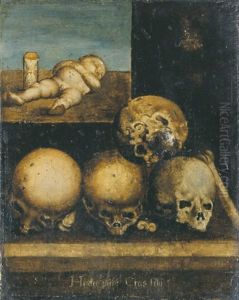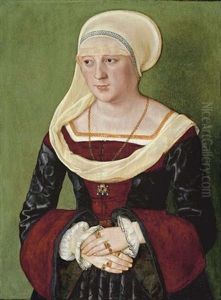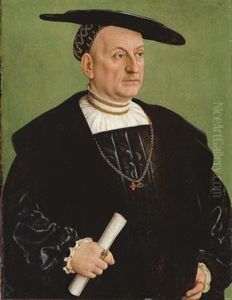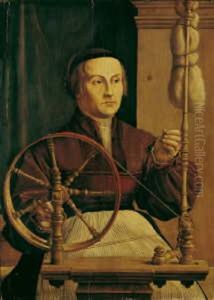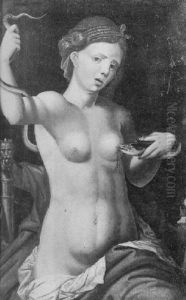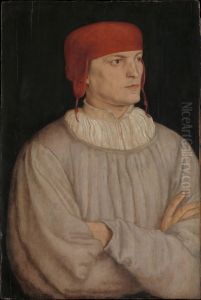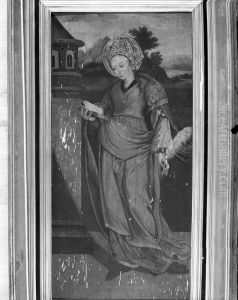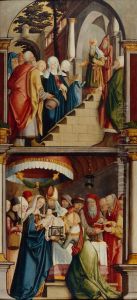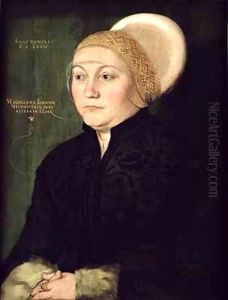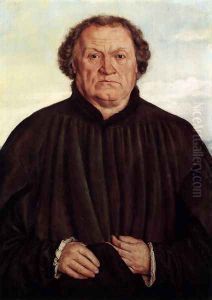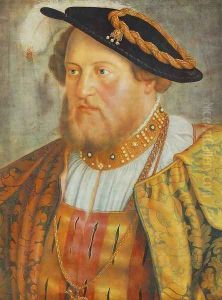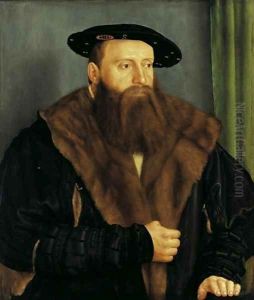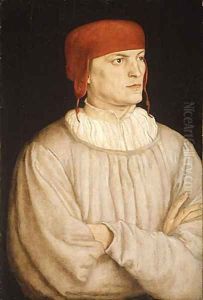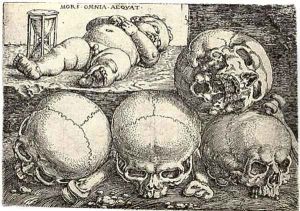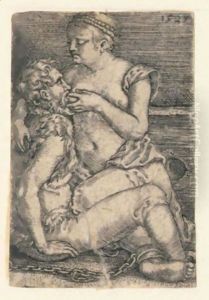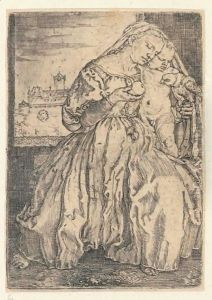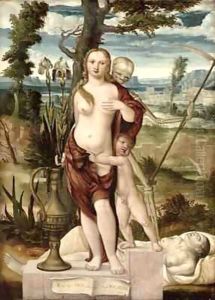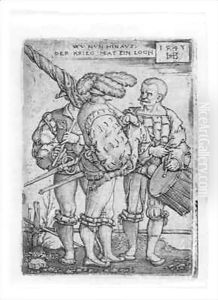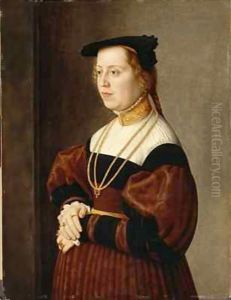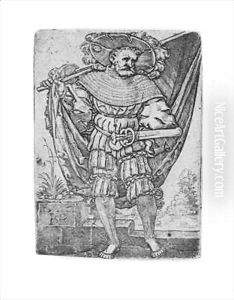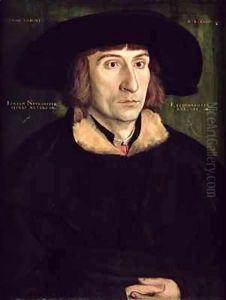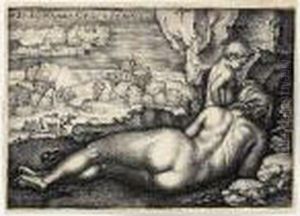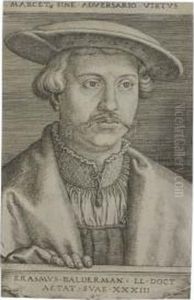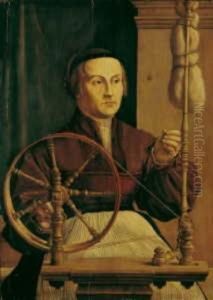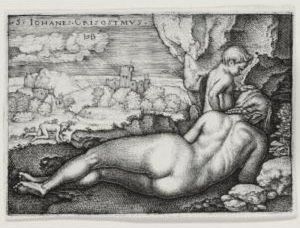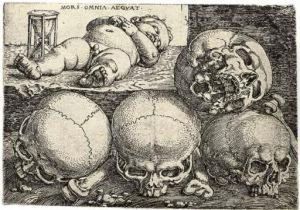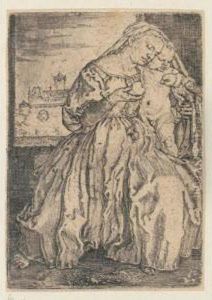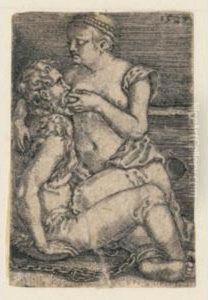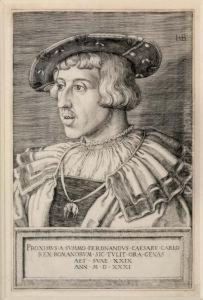Barthel Beham Paintings
Barthel Beham was a German artist, miniaturist, and engraver who was part of the group known as the 'Little Masters' due to their small, intricate, and finely detailed prints. Born in Nuremberg in 1502, Beham was influenced by the prominent artistic atmosphere of his hometown, which was a significant center for art, culture, and humanism during the Renaissance.
Beham's artistic education and early career were greatly influenced by his older brother, Sebald Beham, who was also a well-known painter and printmaker. Together with their peer Georg Pencz, they became pupils of Albrecht Dürer, the most renowned artist of the German Renaissance. During this time, Barthel Beham developed his skills in painting, but he became more famous for his work in engraving.
Beham's engravings are characterized by their small size and the high level of detail. His subjects often included religious themes, portraits, and allegories. His works were also known for their bold use of line and clear composition, which reflected the influence of Italian Renaissance artists, such as Raphael and Andrea Mantegna, whom he studied through prints and other reproductions.
Despite his success as an artist, Beham's life was marked by controversy. In 1525, he and his brother Sebald, along with Georg Pencz, were expelled from Nuremberg due to their radical beliefs during the time of the Reformation. They were accused of holding heretical views and rejecting the authority of the church. After this incident, Barthel Beham worked in various cities, including Regensburg and Bologna, before settling in Munich.
While in Munich, Beham continued to produce engravings and also worked as a court painter to Duke William IV of Bavaria. His position at the court allowed him to work on larger-scale paintings and to receive commissions for portraits of the nobility, which showcased his ability to capture the likeness and character of his subjects.
Barthel Beham's career was cut short when he died in 1540, at the age of 38. Despite his relatively brief career, his works left a lasting impact on the Northern Renaissance, and his prints continued to be collected and admired for their exquisite detail and artistry. Beham's legacy is preserved in the collections of major museums around the world, where his masterful engravings continue to be studied and appreciated.
